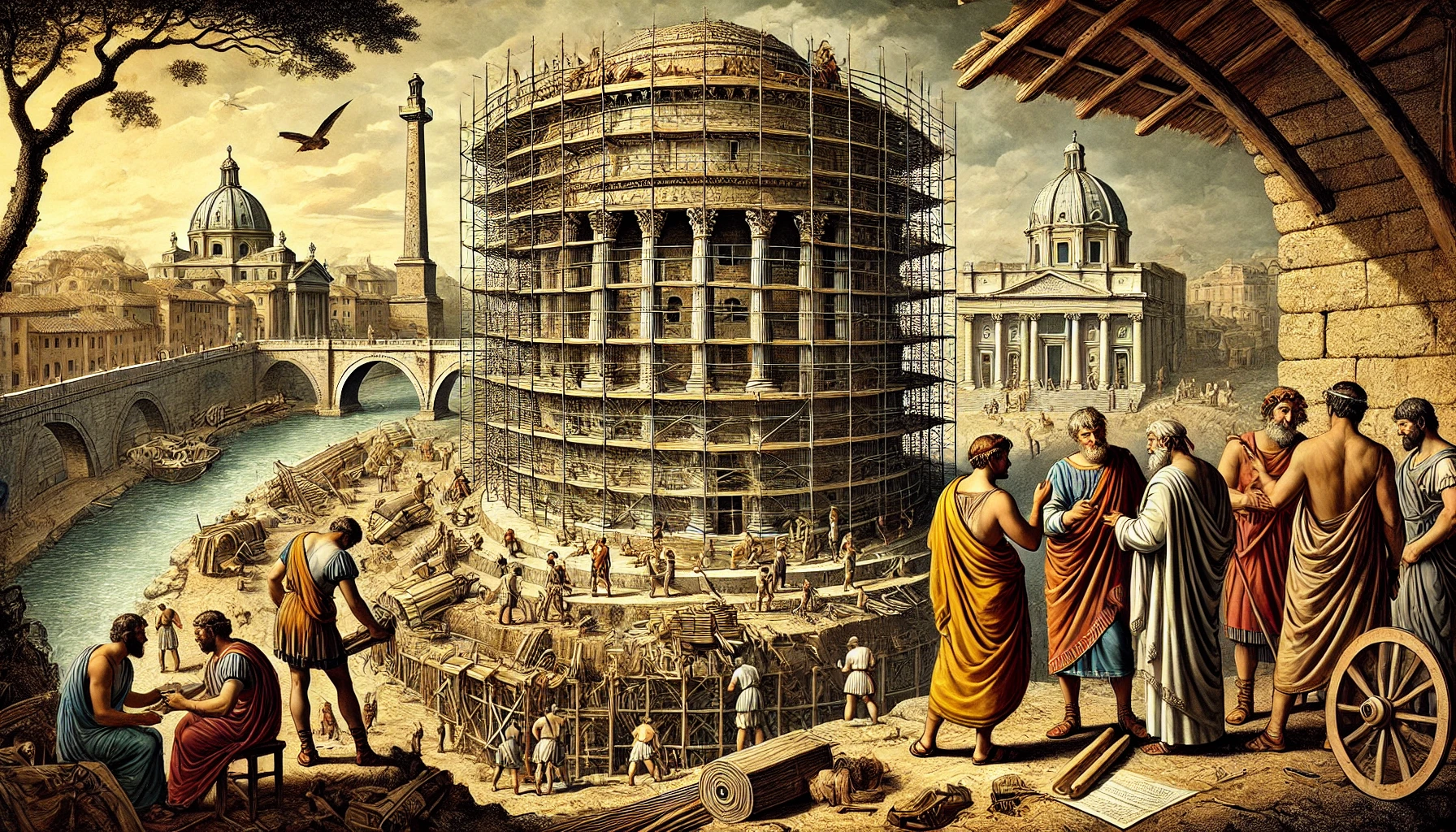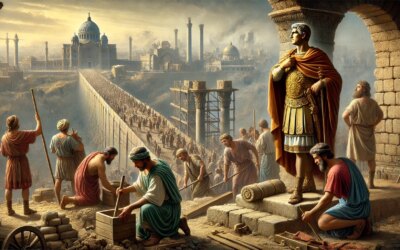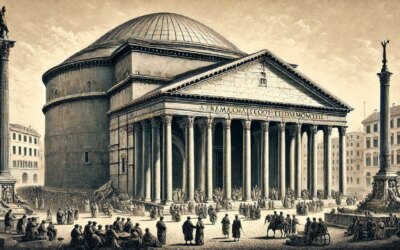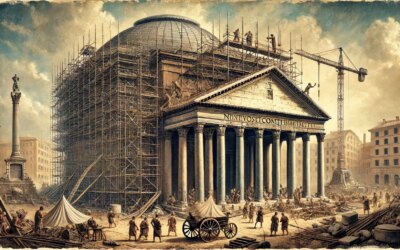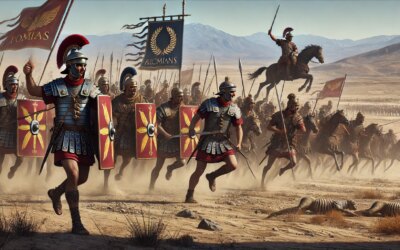Hadrian’s Vision for an Eternal Resting Place
In the early 2nd century AD, Emperor Hadrian sought to leave a lasting architectural legacy in Rome. Among his many projects, one stood out—the construction of a grand mausoleum that would house not only his remains but those of future emperors. Situated along the Tiber River, this magnificent tomb, known today as Castel Sant’Angelo, would evolve beyond its original purpose, becoming a fortress, a prison, and a papal refuge over the centuries.
The Grand Design of the Mausoleum
Inspired by the Mausoleum of Augustus, Hadrian envisioned an even larger and more imposing structure. The mausoleum was designed as a massive cylindrical building, measuring approximately 89 meters (292 feet) in diameter and rising to an estimated height of 50 meters (164 feet). It was originally covered in gleaming white marble and adorned with statues and intricate reliefs.
At the top stood a towering bronze quadriga—a chariot pulled by four horses—symbolizing Hadrian’s journey to the afterlife. Inside, a spiraling ramp led to the burial chamber, where Hadrian’s ashes would eventually be placed alongside those of his successors, including Antoninus Pius, Marcus Aurelius, and Caracalla.
Engineering a Monument for the Ages
The construction of the mausoleum required immense resources and skilled labor. Roman engineers employed advanced techniques, using concrete as the core material to ensure stability. The structure’s thick walls and reinforced foundations would later make it one of the most resilient buildings in Rome, capable of withstanding centuries of conflict and transformation.
From Tomb to Fortress
By the 5th century, Rome faced increasing threats from barbarian invasions. The mausoleum, with its sturdy walls, was repurposed into a military stronghold. Successive rulers modified the structure, reinforcing its defenses and integrating it into the city’s fortifications.
Castel Sant’Angelo: A New Identity
In the Middle Ages, the mausoleum became known as Castel Sant’Angelo, named after a legendary vision of the Archangel Michael appearing above the structure, signaling the end of a plague in 590 AD. The papacy took control of the fortress, connecting it to the Vatican via a secret passage, the Passetto di Borgo, which allowed popes to flee in times of danger.
A Lasting Legacy
Today, Hadrian’s Mausoleum stands as a testament to Rome’s ability to adapt and endure. What began as a grand imperial tomb has transformed into a symbol of power, resilience, and historical continuity. From emperors to popes, warriors to prisoners, Castel Sant’Angelo has witnessed the ever-changing tides of Rome’s history, proving that even in death, Hadrian’s legacy remains unshakable.

